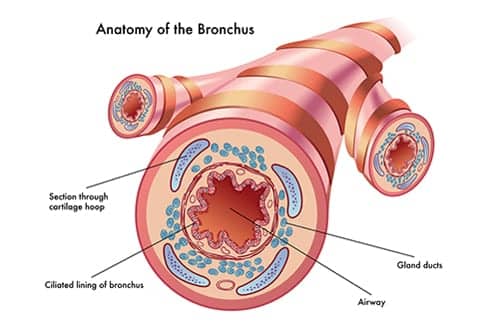In a study presented at the 2016 CHEST World Congress, Dr Ching-Fei Chang and colleagues from the University of Southern California tested whether bronchial thermoplasty (BT) would be beneficial in a county hospital setting. According to results, the procedure is equally effective in improving the quality of life of severe refractory asthmatics regardless of the demographic factors associated with their healthcare disparities.
Among people with asthma, lower socioeconomic status, education level, and ethnic minority status clearly have undesirable effects on their care and outcomes. Patients with severe disease who attend county (public) hospitals in the United States tend to have less access to resources, which, in addition to environmental and compliance issues, may contribute to poorer disease control.
A retrospective chart review was used to examine patients treated with BT between the years of 2013 to 2015 at the Los Angeles County Hospital. Patients were asked to complete Asthma Control Test (ACT) questionnaires regarding their quality of life before and after BT, and then the scores were compared and calculated to determine the degree of improvement. Of note, these patients had a much lower average FEV1 than the subjects in the AIR2 Trial.
“Based on our results, we found a statistically significant improvement in ACT scores after BT regardless of whether they received care in a private or public institution.” Dr Chang said. “Given the potential cost savings from reduced resource utilization after BT, this pilot study suggests that county hospitals should consider investing in this technology for cost-effective treatment of their severe refractory asthmatics.”










WHERE CAN I HAVE IT
http://www.btforasthma.com/find-a-clinic